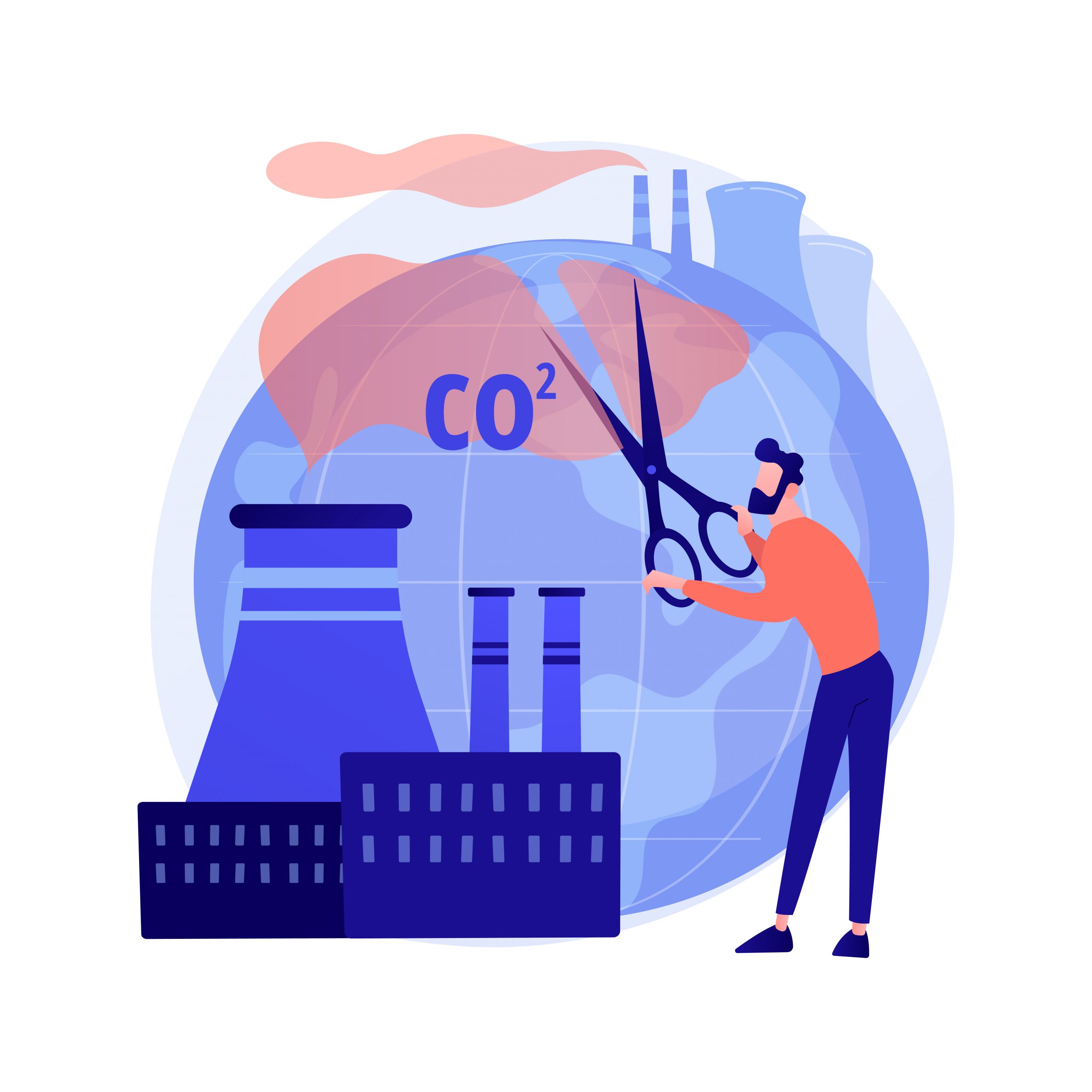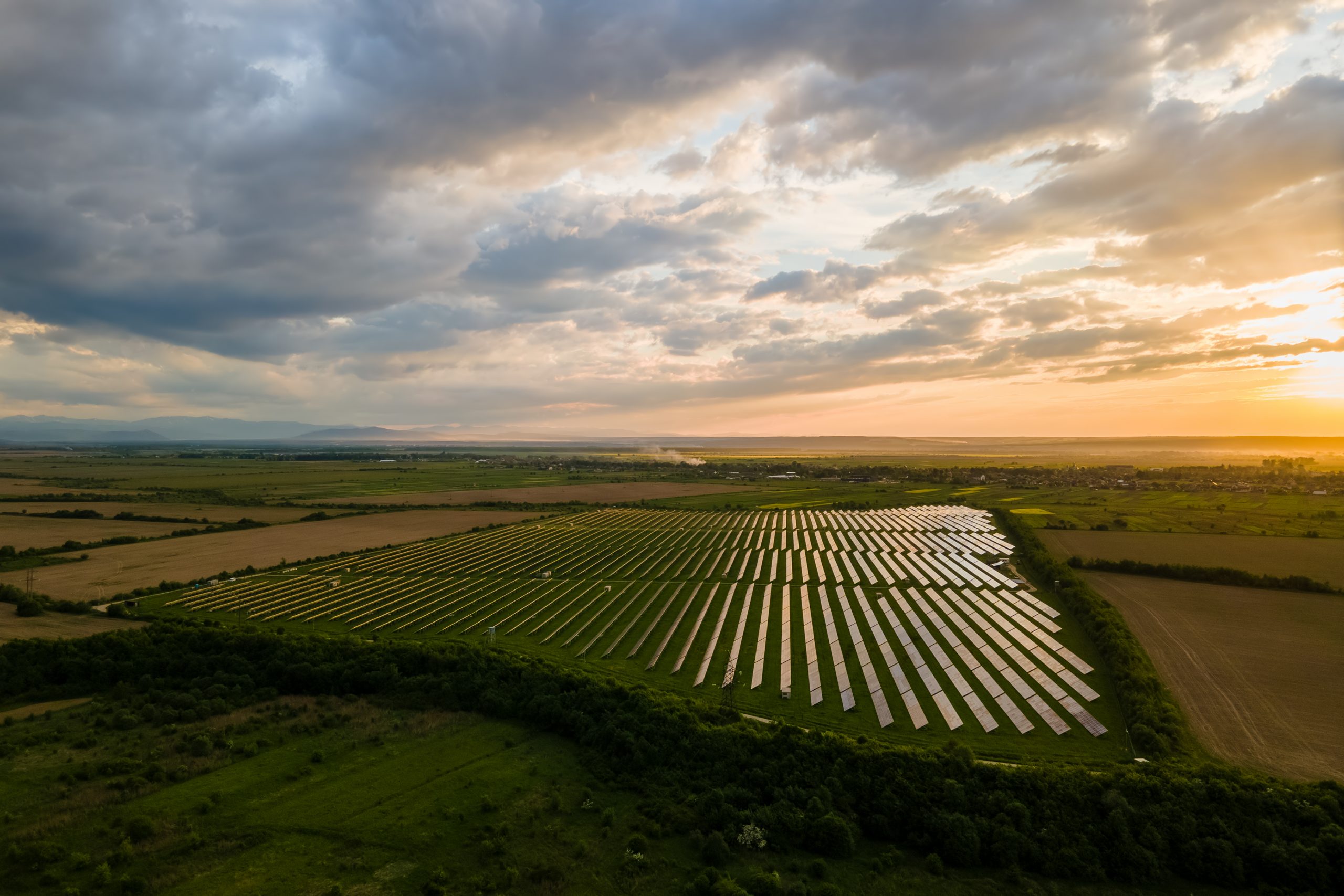If global CO2 concentrations stabilize to about 450 ppm right now by 2100, key industrial countries like the US would have to dramatically cut CO2 emissions. Sixty percent of the current level of greenhouse gas emissions by developed countries would need to be removed by 2050 and over eighty percent
Fuel-less natural gas is green, clean, and efficient in reducing CO2 emissions. This is because the slightly lower air-fuel ratio of natural gas produces less hydrocarbons, promotes more complete combustion and fewer oxides of nitrogen emissions. With comparatively low CO2 emissions, natural gas is better for the environment than burning
Biodegradable plastic is one of the more interesting developments in the past century. With mounting pressure from civil society about the effects of plastic pollution in our world today, it’s no small wonder that manufacturers are turning to bioplastics. Bioplastic research has been advancing for years, and biodegradable plastic bags have become
There are steps to reducing the embodied carbon content of your buildings. Such steps may include reuse of buildings, instead of constructing new ones, low-carbon concrete mixes, avoiding high-carbon (carbon-intensive) and carbon-sequestering materials, choosing lower carbon alternatives and water efficient building systems, high recycled content materials, optimizing structural efficiency as





